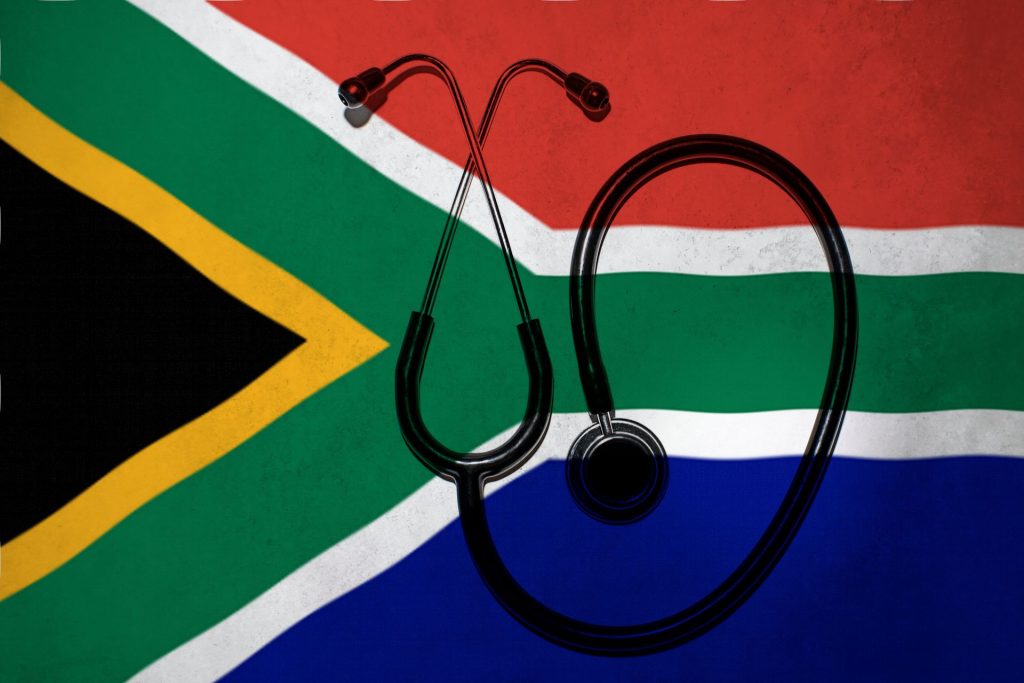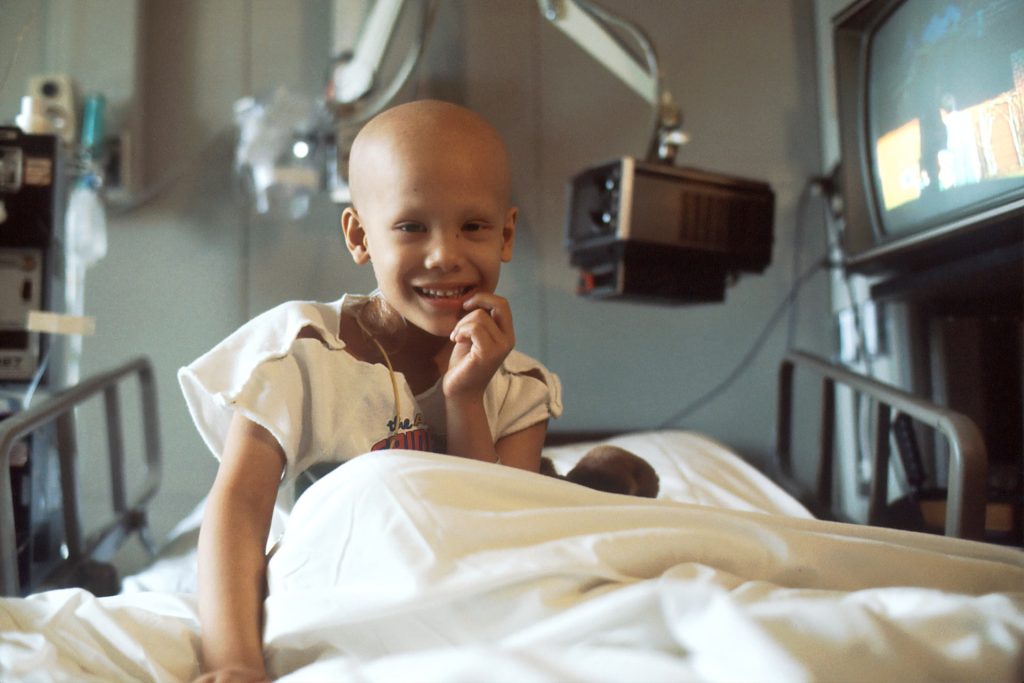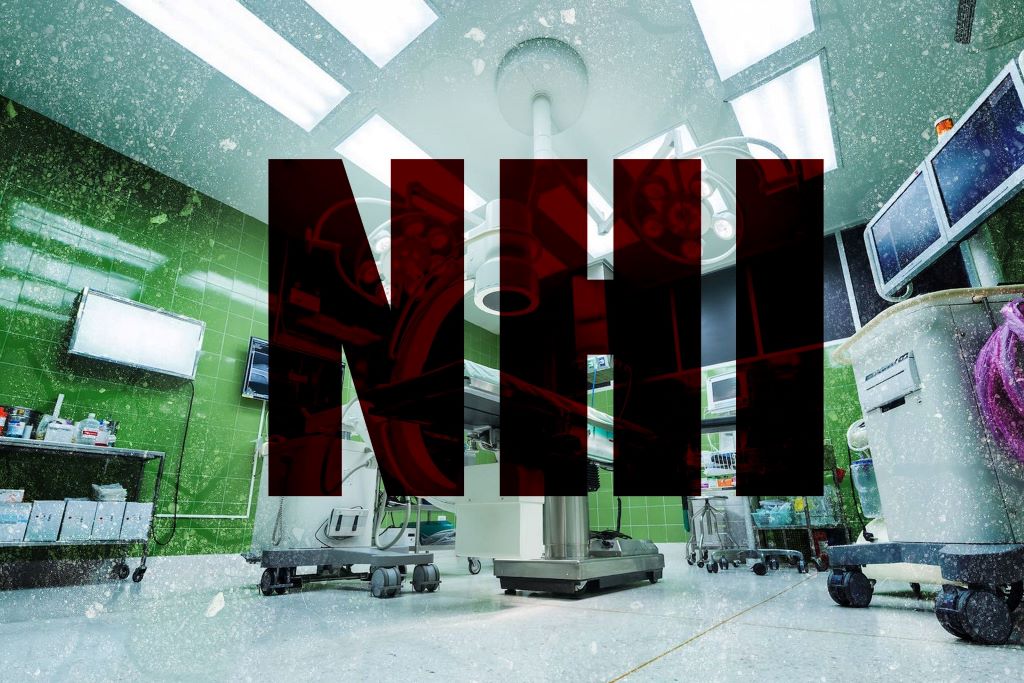Prosthetics Technology – Restoring a Life of Mobility, Without Limitations
A new generation of prosthetic digits is transforming the lives of finger amputees.

Whilst small in size, the role of fingers in our overall body mobility is huge. Our fingers play a critical role in the accomplishment of everyday activities, allowing for tactile sensations and multiple fine movements from the grasping and manipulation of objects through to performing complex tasks.
Unfortunately, a significant number of finger amputations occurs each year. In fact, finger amputations account for well over 90% of all upper limb loss. The impact of this often extends far beyond the immediate area of amputation, having a much greater effect on the individual’s entire mobility. According to the American Medical Association, losing the index and middle fingers mid-metacarpal creates a 40% impairment of the hand, 36% impairment of the upper extremity and 22% impairment of the whole body. The loss of four fingers is equivalent to a leg amputation or the loss of an eye in total impairment. [1]
The role of prosthetics in assisting these amputees to lead a far more mobile and functional life has come a long way. Traditionally, prosthetic fingers were only cosmetic and not functional. However, innovations in prosthetics technology have revolutionised this, enabling partial hand and/ or finger amputees to not only return to work but, as importantly, to a life without limitations. A recent report by the National Library of Medicine, stated that, “Over the past decade, significant advances have been made in 3D-printed prosthetics owing to their light weight, on-site fabrication, and easy customisation.” [2]
“Technology has struggled to provide relevant and fit-for-purpose solutions, leaving a void in the market,” says Ernst van Dyk (Managing Director, Össur South Africa). Össur, a global provider of non-invasive orthopaedics, recently announced its ownership of Naked Prosthetics – a provider of functional devices for partial hand and finger amputees. Making use of traditional machining, injection moulding and 3D printing, Naked Prosthetics develops and makes customised, robust and functional prostheses.
“We offer a fully customisable prosthetic finger design that allows the amputee full finger functionality,” continues van Dyk. These biomechanical prosthetic fingers are designed to replace partial or total loss of the fingers and functions exactly as a finger would. Further, the prosthetic, a non-motorised device, uses the remainder of an amputee’s finger to power the device.
Using sizing rings and photos specific to each amputee, the devices make use of a very high-end 3D printer to create the simple, elegant and fully functional device. Working with physicians, surgeons and prosthetists, each prosthetic finger is customised to the exact needs of each individual patient. Each affected finger receives a custom design to restore digit length, joint spacing and range of motion, accounting for a user’s unique amputation level and joint capability. Beyond the functional design, each has been tested for structural integrity and fatigue life.
Using mass-customisation and novel design, Naked Prosthetics’ fingers restore natural motion, dexterity and strength and are the result of strong collaboration between experienced engineers from aerospace, robotics, prosthetics and product development together with clinicians and patients. A strong focus on engineering design means that the devices are kinematically and structurally optimised to account for both the capabilities of the patient’s driving joints and the conditions under which the devices are used. Each device is designed with a safety factor above and beyond any forces the user will experience and can be used in virtually any environment.
Operated by the user through intuitive movement and driven by remaining intact joints, these prostheses require little acclimation and restore digit dexterity and hand strength without specialised training. Users report that with time these prostheses feel like a part of their bodies.
“Once a customer is fitted with their prosthetic finger, it is only a matter of weeks or months before they are fully functioning,” continues van Dyk. “Although the finger, or a portion of the finger is gone, the vibration of what is left sends a message to the brain allowing it to re-map and bring back function.” These functional, high-quality finger devices aim to restore the user’s ability to perform daily tasks, support job retention and encourage an active lifestyle.
Products such as these were not possible until only a few years ago. Says van Dyk, “Detailed CAD technology and 3-D printing makes it possible to mass-produce mechanical prostheses. It includes our custom body-driven devices (PIPDriver, MCPDriver, and ThumbDriver) that are designed for the unique shape of each patient’s hand and fingers after their amputation as well as the GripLock Finger (a passive, positionable device for those who suffered complete finger amputations or were born with congenital anomalies).” The GripLock Finger weighs in at an industry best of 25 grams and can hold up to 90 kilograms. These prostheses, made from aluminium, stainless steel, and medical-grade nylon (with a conductive tip that works on smart touch screens), are strong and rugged.
“The prevalence of finger and thumb amputations and the impact of this on the lives of these amputees deserves a high level of care,” says van Dyk. “Whilst development of prostheses has been impeded by technical and anatomical challenges, a new generation of practical, durable and body-driven prosthetic digits can enable care teams to address an unmet need and transform the lives of people who have undergone finger amputation.”










